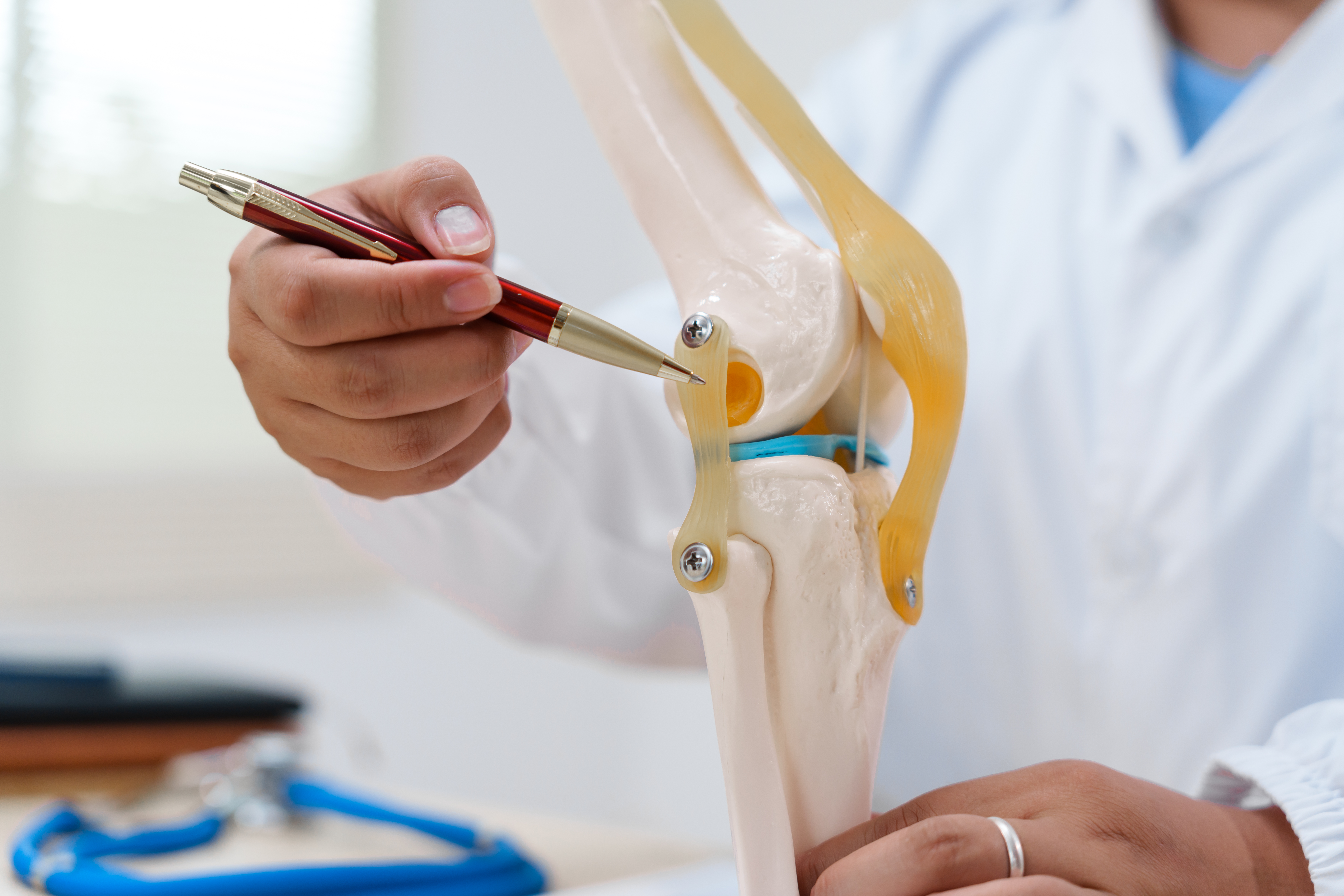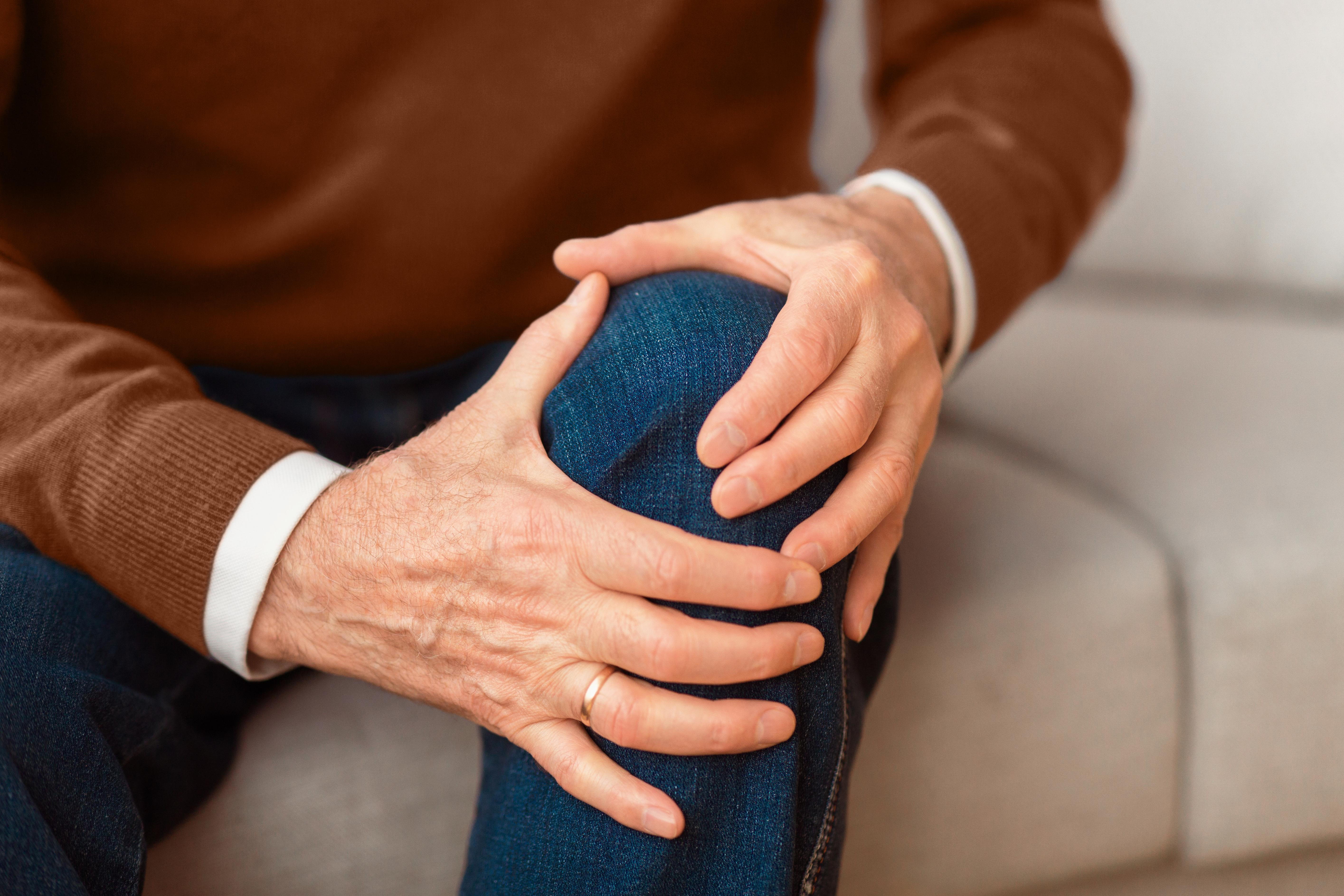Why Do My Knees Hurt? The Top 12 Culprits To Watch For
Knee pain is a common ailment that affects millions of people worldwide, often disrupting daily activities and diminishing quality of life. Despite being a prevalent issue, the reasons behind knee pain can be elusive, leading to frustration and prolonged discomfort. Understanding what keeps your knees crying out in pain is crucial for effective management and relief. This article delves into 12 distinct factors that contribute to knee pain, offering insights into how each element plays a role in this complex condition. From anatomical vulnerabilities to lifestyle choices, each section will dissect a specific cause, providing a comprehensive overview of the myriad influences on knee health. By the end of this exploration, readers will have a clearer understanding of knee pain's multifaceted nature and practical strategies to address it.
1. Anatomical Vulnerabilities – The Knee's Complex Structure

The knee joint is a marvel of biological engineering, designed to support the body's weight while allowing for a wide range of motion. However, its complexity also makes it susceptible to various problems. The knee comprises bones, cartilage, ligaments, and tendons, each component playing a vital role in its function. When any part of this intricate system is compromised, pain can ensue. For instance, the meniscus, a C-shaped cartilage, acts as a cushion between the thigh and shin bones. Tears in the meniscus are common, especially in athletes, leading to pain and swelling. Moreover, ligaments such as the ACL and PCL provide stability, and injuries to these can result in significant discomfort and mobility issues. Understanding the knee's anatomy is crucial for diagnosing and treating the underlying causes of pain effectively.
2. Osteoarthritis – The Wear and Tear Culprit

Osteoarthritis is one of the most common causes of knee pain, particularly in older adults. It is a degenerative joint disease characterized by the breakdown of cartilage, leading to pain, stiffness, and swelling. As the cartilage wears away, bones begin to rub against each other, causing inflammation and discomfort. Risk factors for osteoarthritis include age, obesity, previous knee injuries, and genetic predisposition. Managing osteoarthritis involves a combination of lifestyle changes, such as weight loss and exercise, alongside medical interventions like pain relievers and physical therapy. In severe cases, surgical options like knee replacement may be considered. Understanding osteoarthritis's impact on the knee is essential for developing effective treatment plans and improving patient outcomes.
